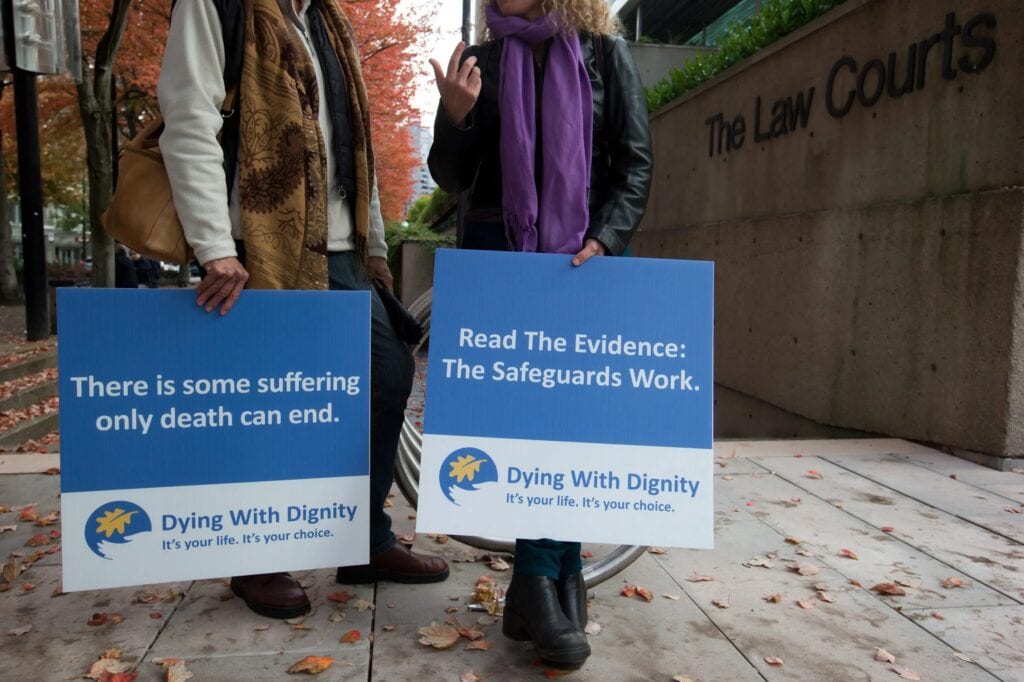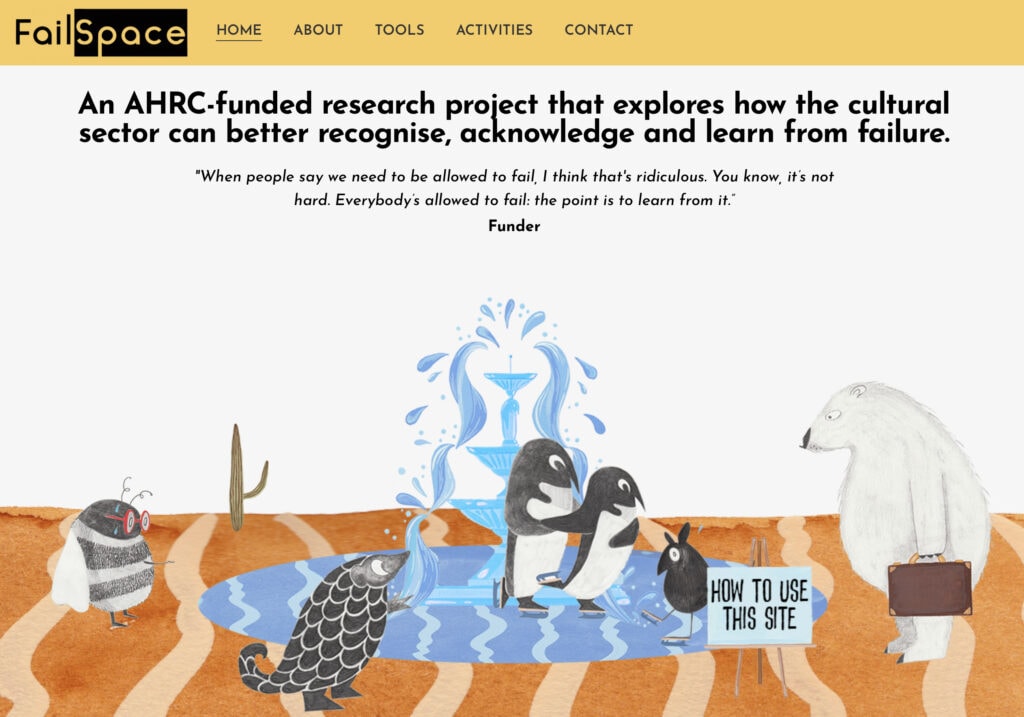There is an anecdote which is routinely wheeled out to mark the gap between evidence and belief. The story goes that the physicist Niels Bohr was asked to explain the horseshoe hanging above the door to his office as a talisman of good luck. A Nobel-prize-winning scientist, surely, did not hold such superstitions. “No”, came the too-pithy-to-be-true reply, “but I understand that the horseshoe works whether one believes in it or not.” On the one hand, this story supposedly suggests that evidentiary processes could never adequately address questions of belief and that, therefore, superstition can coexist with science. On the other, it demonstrates that even a man of science needs the extra-rational. In other words, some things just have to be taken on faith, whatever the evidence.
But this tale proves neither: as evidence, it is about as anecdotal as evidence gets. It does, however, point to a perverse decoupling between the regimes of evidence and belief which allows us to pretend that our decisions are underpinned by either and sanctioned by both when, in fact, they are accountable to neither. The physicist’s quip is how we build pseudoscientific narratives to motivate our actions when they are not fully supported by evidence. And like Bohr, we find ourselves at surprising ease within such a mixed metaphor of belief and fact: whole institutions and disciplines are founded in this paradigm.
Medicine is one sphere which has been shaped by the unavoidable conflict between the specificity of statistics and the generality of ‘holistic’ approaches to the body. ‘Evidence-based medicine’ which dominates Western practice today emerged only in the 1960s and almost immediately its cold and procedural progress attracted criticism. The scientists’ defence was to muddy the categories of evidence with the earlier paradigm of medical treatment that relied heavily on the intuitions of doctors, conventions, and patients’ demands. This confusion is evident already in Gerald Leach’s 1970 essay The Biocrats which I picked up from the scrap heap of Lara Favoretto’s installation The Library at Talbot Rice Gallery this week. How could the public understand the decisions on abortion or genetic modification of crops when there was no way for them to distinguish between evidence and propaganda?

The alarmist language on Leach’s back cover only reinforces this problem: “are doctors there to prescribe cough drops or to clamp wires to our heads?” The tenor of debates in medicine and the questions have hardly changed in the past decades but the stakes got much higher. Think, for example, of the Canadian pro-euthanasia campaign that assured the public that the relevant “safeguards work.” Still worried? Just “read the evidence”. Isn’t this Bohr saying that these safeguards work, whether one believes in them or not? And that, therefore, we shouldn’t worry whether they do work or not?
Such collapse of categories, however, is fragile: Western states’ responses to Covid were a vivid reminder that there is a whole area of life that comes under the jurisdiction of neither evidence nor belief. This should give us pause as we try to understand the meaning of ‘progress’ in a world in which technocratic advances have become wholly uncoupled from the experience of daily life. It is no longer possible for the layperson to understand whether their reality is being shaped by what happens in the statistician’s table or whether their world is determined by a dogmatic suspension of disbelief.

We are surprisingly happy to remain oblivious to this tension even though it affects the fundamental decisions about how our societies are organised. To make this easier to bear, we propagate fictitious accounts of how we are governed and how we react to stimuli. In the sphere of policymaking, for example, where dogmas and rites were once understood to be straightforwardly a matter of power, faith, and conviction, the paradigm of evidence-as-king has reigned supreme in the past decades. Scholars of governance and policy have proposed models in which politicians and their officials are believed to rationally and dispassionately assess realities, gather information, consult experts, and apply solutions that have been proven to work, improving the efficacy of these processes with each iteration of the policy cycle. When the naivety of such a model became obvious, theorists introduced mitigating concepts like ‘bounded rationality‘ and ‘punctuated equilibrium’ before arriving at the ‘complex systems’ view of the policy process. The ultimate goal of such study is to create an evidentiary account of a system that is as hard to understand as the weather. To anyone not already salaried to pursue this study, the project’s failure must appear inevitable.
Failure is integral to almost any endeavour: Samuel Beckett’s slogan “Try Again. Fail Again. Fail Better” has long turned cliché within art practice and now functions as a business maxim where it describes a method for evidence-driven incremental improvement underpinned by recognition of the limiting factors of earlier business models. What, after all, is a venture capital managerial takeover if not an attempt to make better on the incumbent’s mistakes?
But Beckett was an artist and his penchant for failure had about as much to do with evidence as Bohr’s interest in the grooming of horses. The business of artistic failure is no business at all but an aesthetic concern which renders itself immune to measurement. When art works, it works like the horseshoe: in ways that are best left unexplained. This is why Beckett’s understanding of failure is so popular in cultural teachings which prioritise the need to ‘take risks’ and ‘freedom to fail’ as conditions of practice.
This is liberating and inspiring until one considers that the cultural industries are big business. In the UK, tens of thousands of people manage the arts as producers, executive directors, administrators and coordinators, project planners, audience researchers, and evaluators. Thousands are engaged in setting out cultural policy goals and contracting with arts organisations to deliver on political aspirations. It’s better not to know how many work as social media managers.
What ‘freedom to fail’ should these professionals enjoy? The prevailing view in the publicly-funded art world is that arts administrators are artists too and that they should not be burdened by the bothersome category of evidence. Arts management, in other words, hangs like the horseshoe above the culture minister’s office door. Leila Jancovic and David Stevenson’s research initiative FailSpace whose conference I attended this week is a resource that encourages the cultural manager of socially-engaged art practices to gently break from this understanding and embrace failure – and hopefully not in the Beckettian sense.

After thirty years of the UK arts industry promising to – and cashing cheques for – building social cohesion and inspiring communities out of poverty, one may legitimately wonder whether the project of social art practice hasn’t been a resounding failure. In FailSpace surveys and workshops, arts administrators were keen to place the blame elsewhere. On the one hand, there are the excuses of unrealistic policy expectations, the pressure to exaggerate potential outcomes in funding bids, the naive optimism of the workforce – ‘neoliberalism’, for short. On the other, there’s the difficulty inherent in working with human subjects – factors that don’t bear measurement. In the day of presentations I listened to, not one speaker pointed to an example of a mismanaged production or an unrecoverable mistake. Even projects that failed miserably because of pandemic interruptions were excused because arts managers ‘needed to survive’ regardless of whether they were doing anyone any good or not.
The same erosion of categories of evidence and belief is at work here as at the extreme fringes of evidence-based medical advocacy. We have reached a point where it is obligatory to chant that ‘art saves lives’ even though we know it doesn’t because it’s important to preserve art’s status as superstition. But do the arts managers who are universally ready to identify deep systemic problems in the industry also believe that their interventions work even when this belief is not supported by any evidence? The difference between Niels Bohr and Arts Council England is that the horseshoe caused no ill and cost nothing. In the arts, decades of spending underpinned by dogmatic belief and weak data have been a significant opportunity cost. We have growing anecdotal evidence that the racket of social practice is causing more harm than good. Would Bohr display the horseshoe above his door upside-down and dismiss the chances of it bringing him bad luck with equal nonchalance?
Main image: hillary h/flickr

